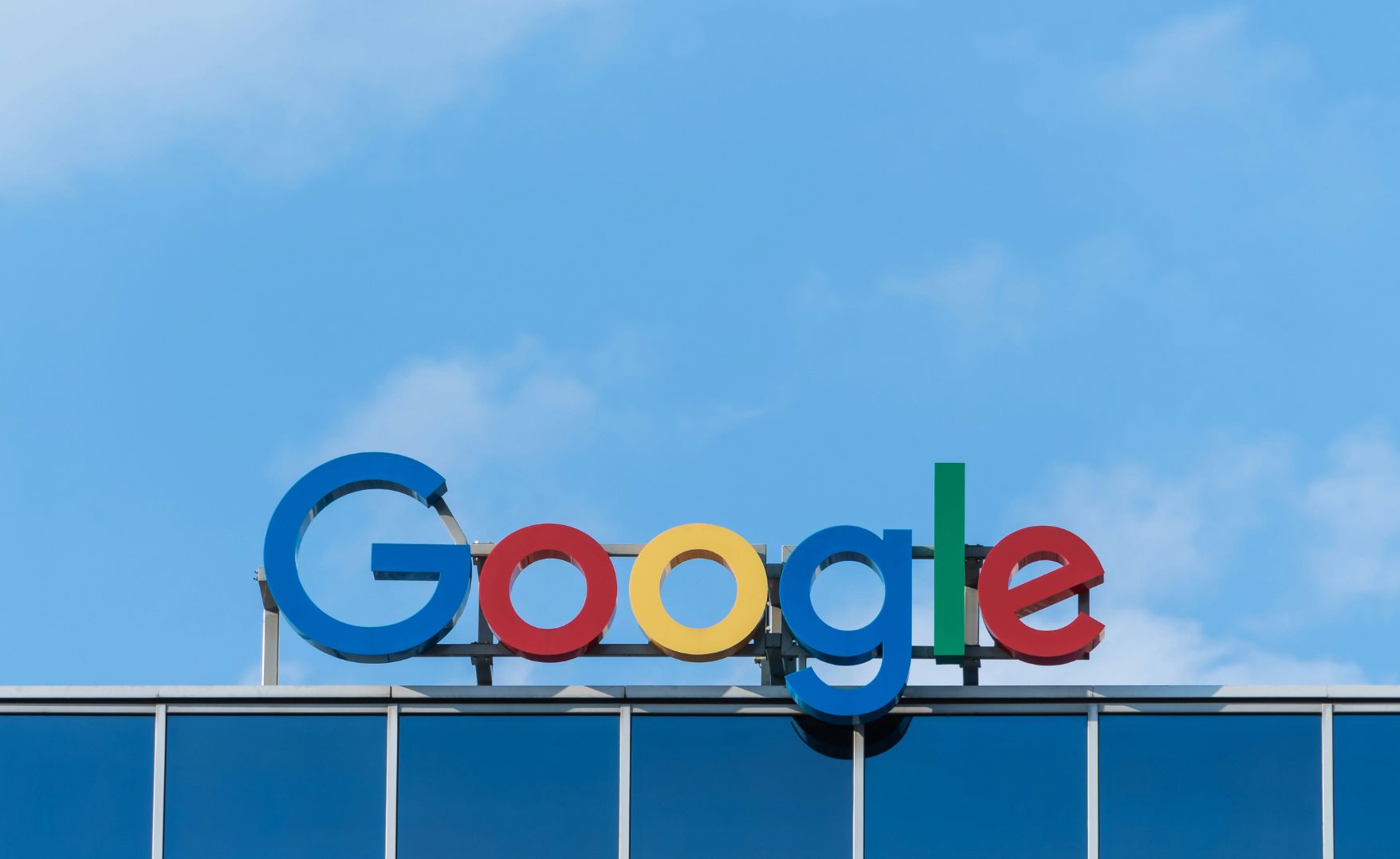
Navigation
Contact Information
Toronto – 320 Front St W Suite 1600, M5V 3B6
Halifax – 2570 Agricola St, B3K 4C6
Email: info@timespacemedia.com
Phone: 902-429-8463
Subscribe to our insights newsletter

In today’s rapidly evolving business landscape, the role of advertising has never been more critical. As brands seek to connect with their audiences, they must navigate through a complex terrain, one that requires not only reaching the right people with the right message but also doing so while complying with age-restricted marketing regulations.
Age-restricted marketing regulations are designed to protect minors from exposure to content and advertising that may be inappropriate or harmful. These regulations serve as a safeguard for the privacy and interests of the younger generation.
Age-restricted marketing comes with a complex set of rules and regulations, such as the Children’s Online Privacy Protection Act (COPPA) in the United States. COPPA mandates that online services targeting children under 13 must obtain parental consent before collecting personal data for ad targeting.
Although there are no federal laws explicitly governing marketing to children in Canada, advertising targeted at children through broadcast channels is subject to the regulations outlined in the Broadcast Code for Advertising to Children, which is overseen by the Children’s Clearance Committee under Ad Standards.
However, it’s not farfetched to assume that legislation of some form might be soon implemented in Canada, like has recently been done in the United Kingdom. The UK’s Online Safety Bill passed it’s final debate, soon becoming a law, and will roll out several restrictions that advertisers and social media platforms will have to adhere to. Under this law, social platforms will be expected to “remove illegal content quickly or prevent it from appearing in the first place, including content promoting self-harm, prevent children from accessing harmful and age-inappropriate content, and enforce age limits and age-checking measures.”
Although the bill hasn’t come into effect yet, platforms like TikTok and Snapchat have already acted with the former implementing stronger age verification and the latter deleting accounts of underage users altogether.
Recognizing the significance of age-restricted marketing, tech giants like Google have recently taken measures to block ad targeting based on age, gender, or interests for users under 18. They have also expanded age-sensitive ad category blocks and implemented safe searching filters, providing an added layer of protection for young users.
With regards to Meta specifically, brands are able to target under-18 users but there are numerous restrictions. Most recently, targeting by ZIP or postal codes, or for locations smaller than cities is no longer allowed nor is targeting by gender. Further, campaigns that have goals around “ad delivery, including app installs, app events, video views, post engagement, value, ad recall lift, landing page views, leads, conversations and event responses” are not allowed, nor are campaigns with “cost per result goal or ROAS goal as a campaign bid strategy”. Essentially, this means brands with the goal of targeting under-18 users must stick to awareness-based campaigns only.
Currently, TikTok restricts youth targeting stating that “ads for products or services that are specifically intended for minors, such as toys and clothing, are restricted and should only target audiences 18 years and older.” Additional product/service categories that can only target users 18 years or older are financial services, legal services, dating apps, and healthcare and pharmaceutical products.
YouTube, owned by Google, has also introduced changes to enhance privacy for teenage users aged 13-17. Content will default to a private setting, visible only to the user and their chosen audience. Additionally, YouTube creators must designate content as “made for kids” if it targets young audiences, ensuring minimized data collection and ad targeting. As a result, “anyone watching a video that’s been designated as made for children will now be seen as a viewer under the age of 13 years old, regardless of how old the user actually is.” However, the onus is on the creator to select this option and it can become tricky when content is appealing to users over and under the age of 18.
Brands that disregard age-restricted marketing regulations may face significant legal consequences, including substantial fines. Thus, adhering to these rules is a legal necessity.
Of course, achieving a balance between precise targeting and regulatory compliance can be challenging. In some cases, age restrictions necessitate a broader reach and strategy that may include consumers under or over the age of 18.
Transparent and responsible advertising practices are crucial for navigating these complexities. These changes implemented by social media platforms signify the growing awareness among tech companies that legislation regarding privacy and under-18 targeting advertising will likely continue to evolve and become stricter, thus, being proactive and getting ahead of these laws is being viewed as the ideal approach.
Embracing data-driven insights empower brands to comply with age-restricted marketing regulations by effectively segmenting their audience. This ensures that their advertising campaigns reach the intended adult audiences while avoiding exposure to minors, which is ideal for brands looking to avoid targeting minors, such as alcohol or gaming brands.
Brands looking to target consumers under the age of 18, will also want to embrace data to guide campaign strategy. While their ability to target under-18 consumers is restricted at best or prohibited at worst, by understanding your audience better and where they are likely to be, you can cast a wider net in hopes of reaching some of these consumers. Alternatively, targeting parents of under-18 consumers is a viable strategy. However, brands must be aware that casting a wider net necessitates increased ad spend to achieve desirable results.
Age-restricted marketing presents a unique set of challenges in the ever-evolving advertising landscape, and it is almost a certainty that legislation around targeting under-18 consumers will only get stricter in the coming years. Brands interested in targeting these consumers do still have options, but it is a tricky situation to navigate, and they must be prepared for this and adopt strategies that adhere to legislation while also maximizing success.
Toronto – 320 Front St W Suite 1600, M5V 3B6
Halifax – 2570 Agricola St, B3K 4C6
Email: info@timespacemedia.com
Phone: 902-429-8463
Subscribe to our insights newsletter